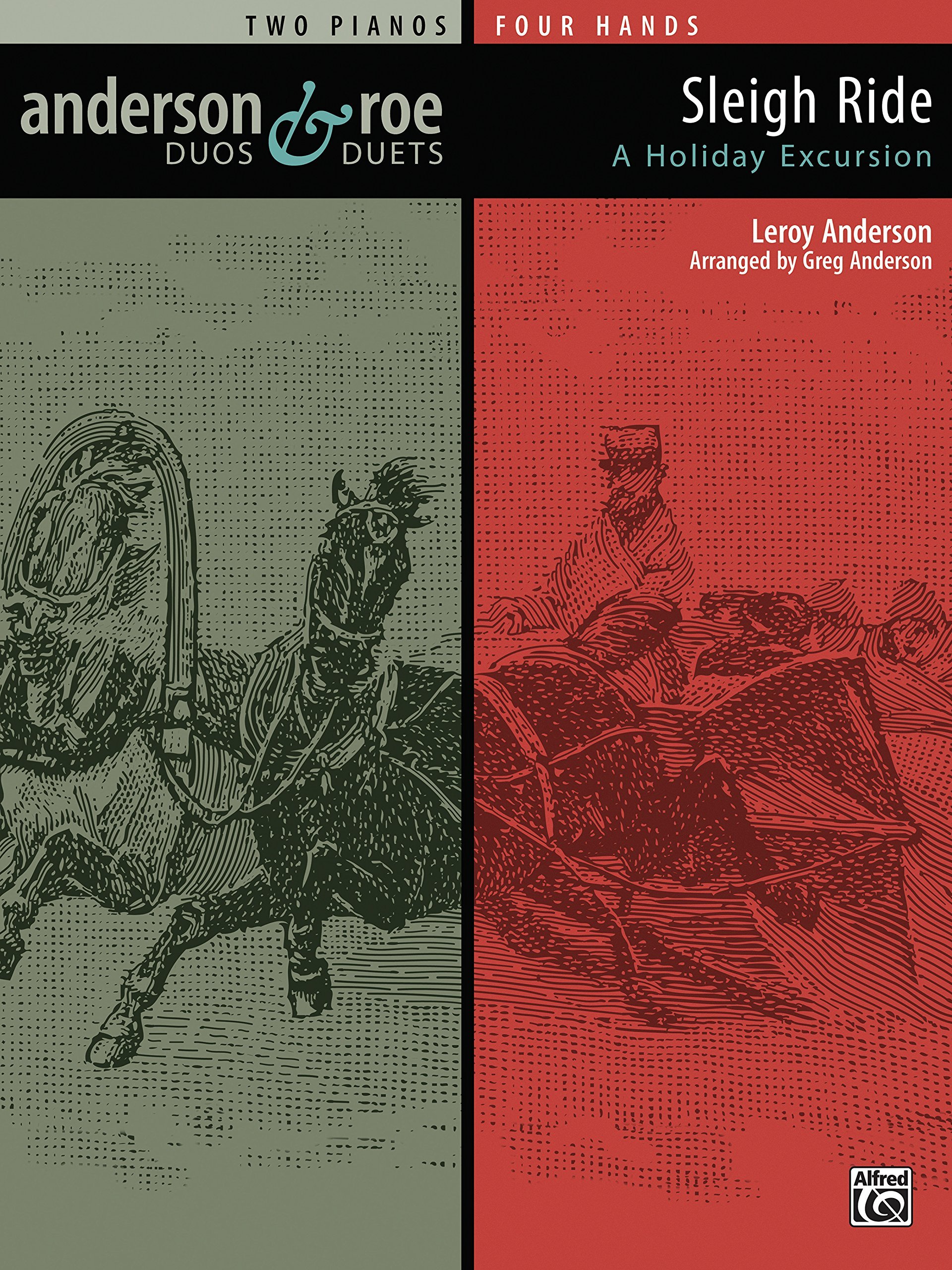Details
Capriccio for two pianos by Greg Anderson, based on Hungarian Dance No. 5 in F-sharp minor, WoO 1 by Johannes Brahms / Two pianos / Full score / Difficulty: Very advanced / Duration: 5 minutes / Pages: 17 / Copyright: 2015 / Work number: 078
Program Notes
Johannes Brahms’s Hungarian Dances (first published 1869) were born of his friendship with the Hungarian violinist Eduard Reményi, who opened Brahms’s ears to Romani and rural Hungarian melodies. Though Brahms’s 21 dances for four hands at one piano are less documentary than creative homage, they became the vessel by which 19th-century Vienna was introduced to so-called “Gypsy” sounds. Pianists reveled in the “paper tiger” of exotic allure: music that promised the energy of Romani performance yet danced safely within the home’s walls.
My Capriccio for two pianos filters Brahms’ Hungarian Dance No. 5 through the lens of 2015 and aims to restore that frisson of the unknown. The dance’s familiar contours reappear alongside a liberal dose of characteristics found in traditional Romani music: unexpected modal shifts, now and then venturing into the Hungarian Minor or even Middle Eastern inflections; ornamentation suggesting live improvisation; and mercurial shifts in tempo and mood. I’ve also woven in frequent nods to Ravel’s Tzigane so that this Capriccio becomes a conversation across two centuries of Romani fantasy in Western art music.
My aim is to restore the sense of discovery that met these dances in 1869. Think of this piece as a kaleidoscopic mash‑up: Brahms’s party music meets Ravel’s Tzigane fever dream, with dialed up virtuosity and a distorted point of view. My hope is that you’ll rediscover the Dance No. 5 not as a museum relic but as a living creature—familiar enough to lure you in, strange enough to surprise you, and thrilling enough to make your pulse rise just as it did back in 1869.
— Greg Anderson

















